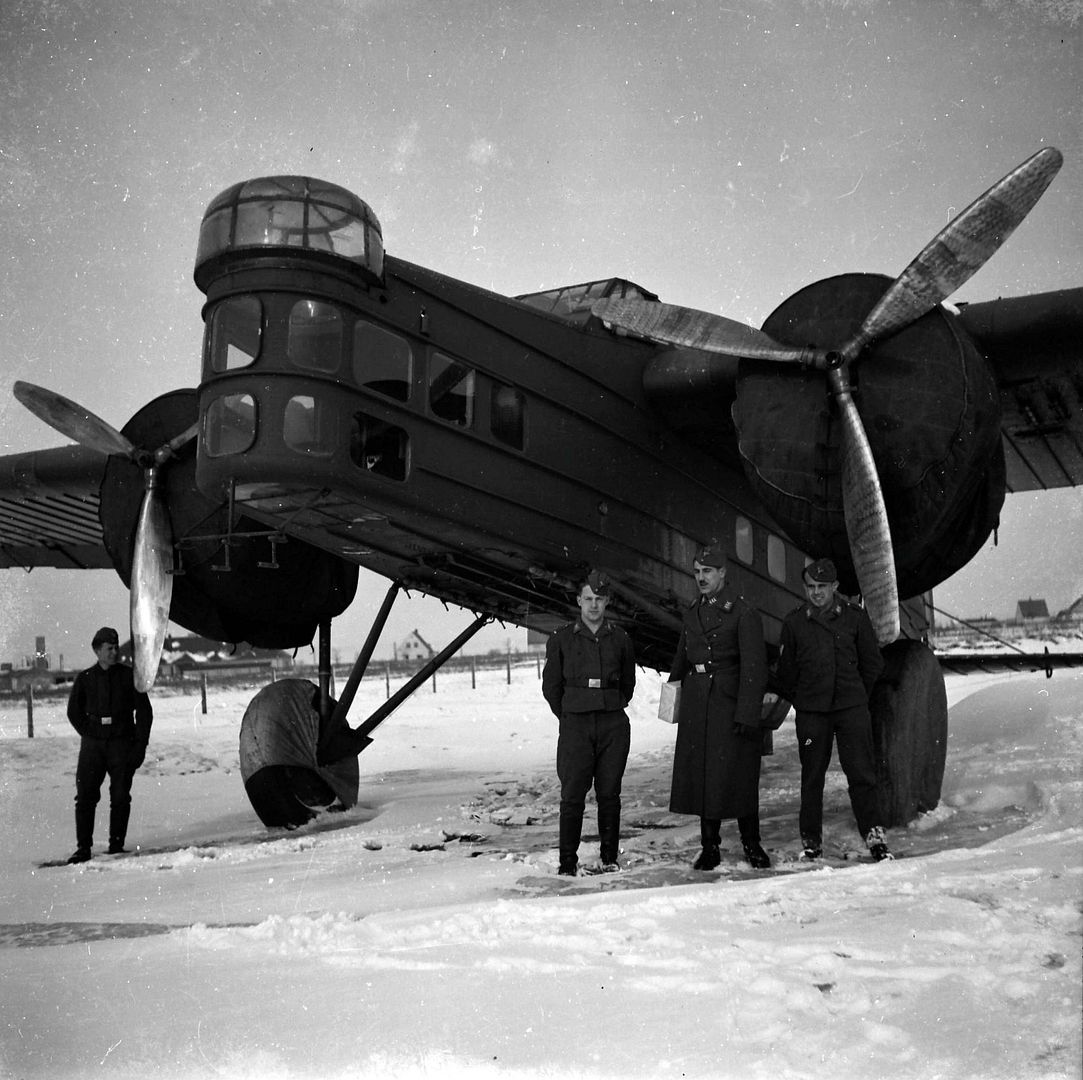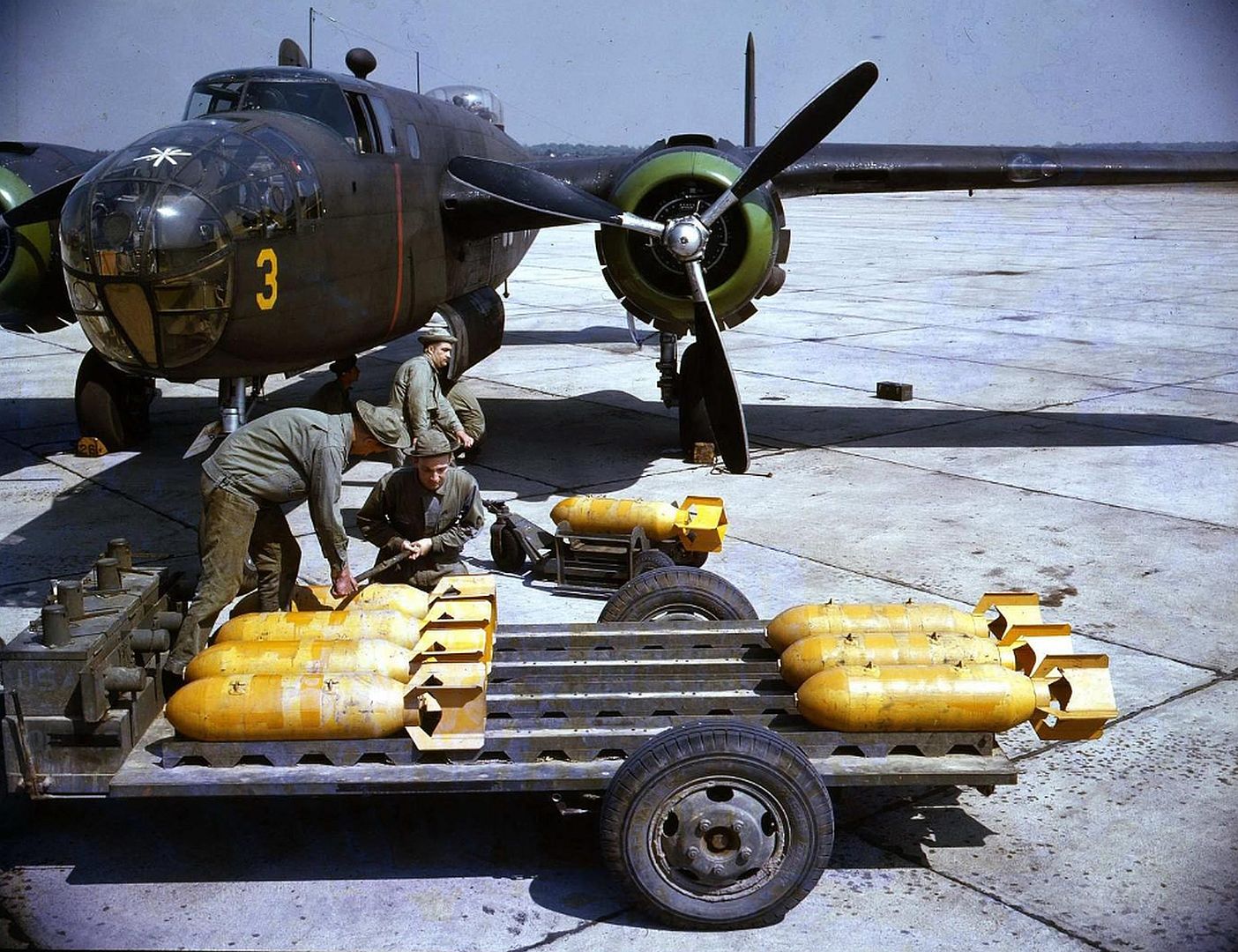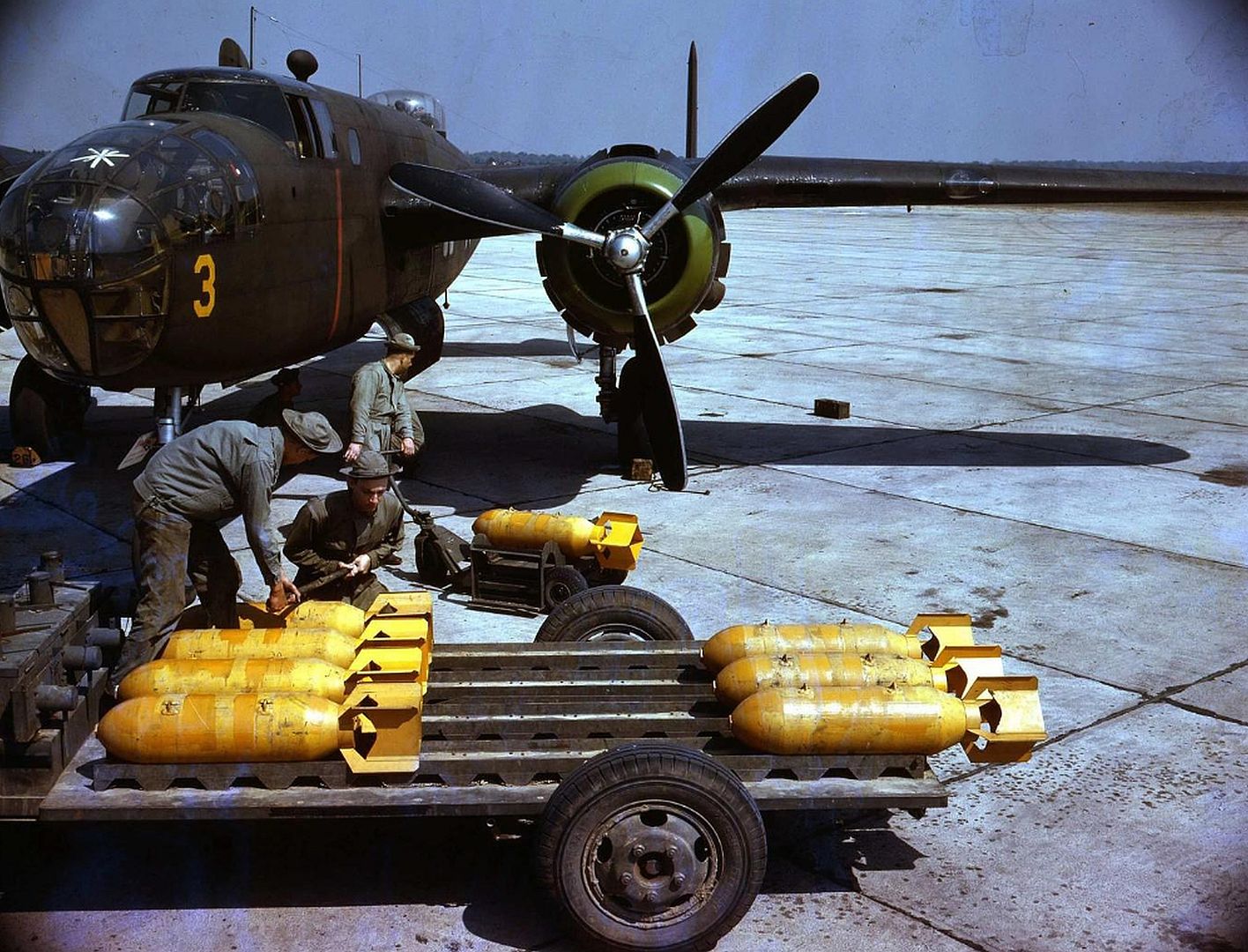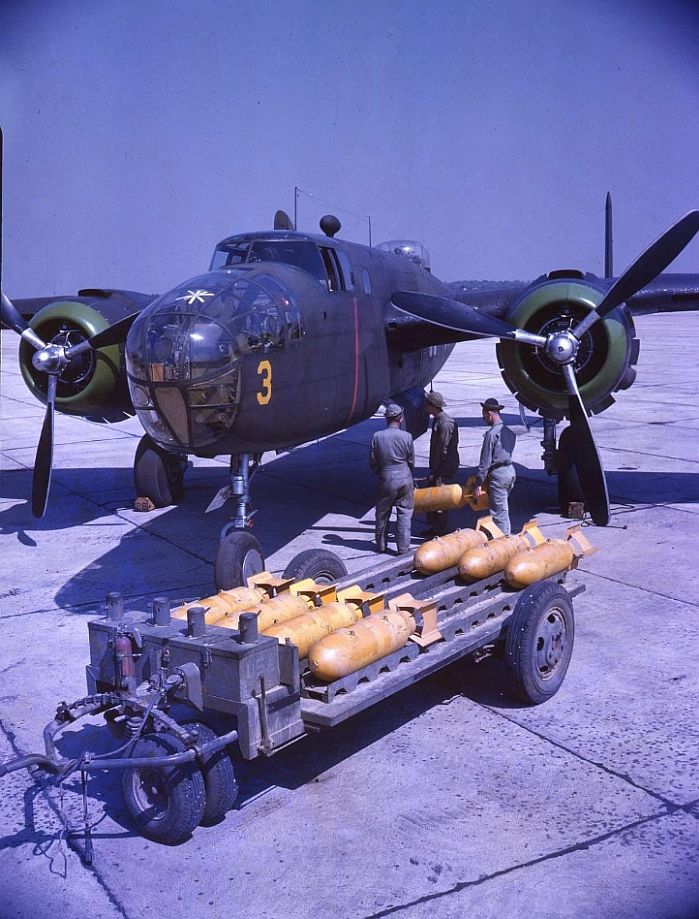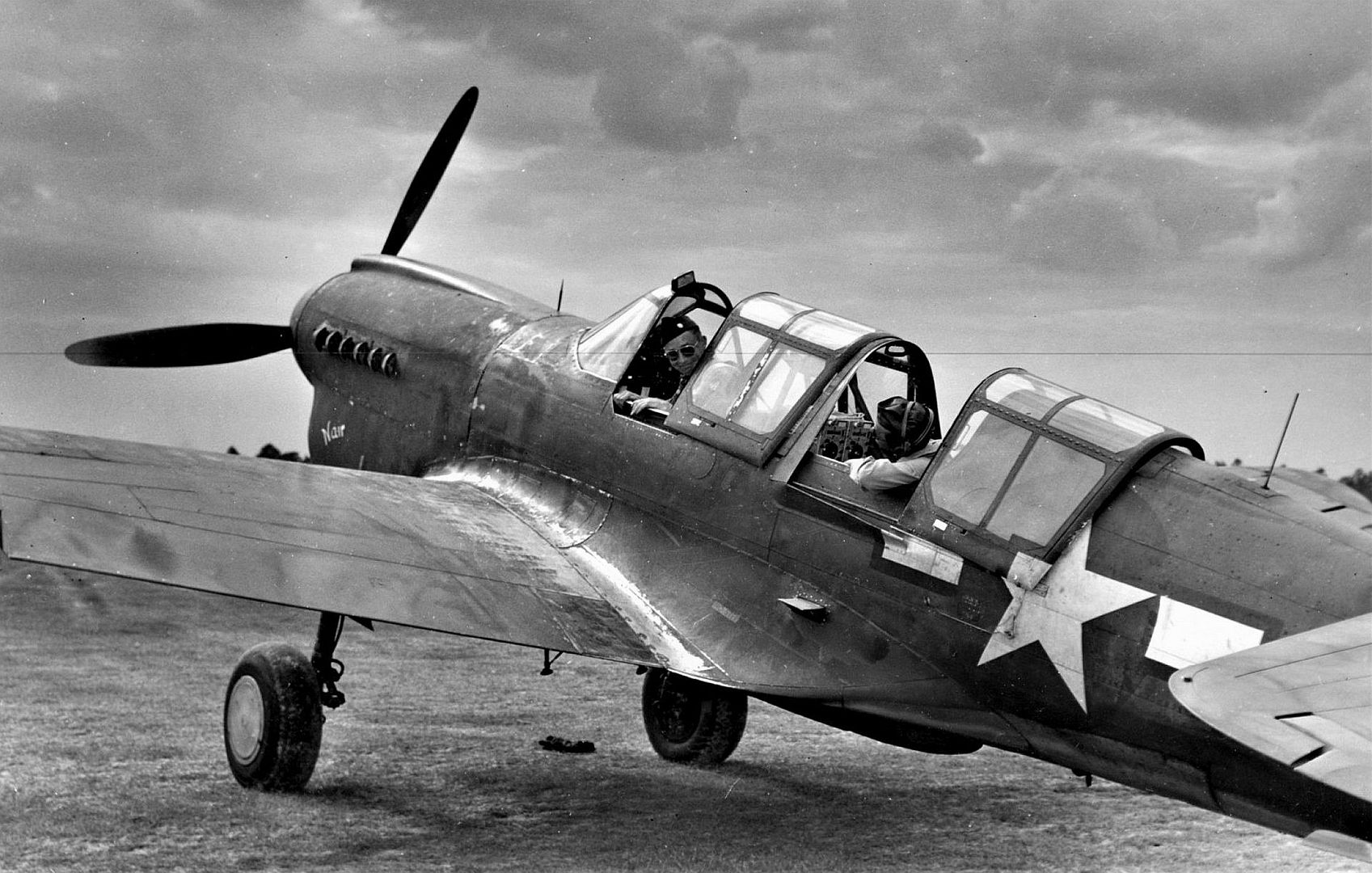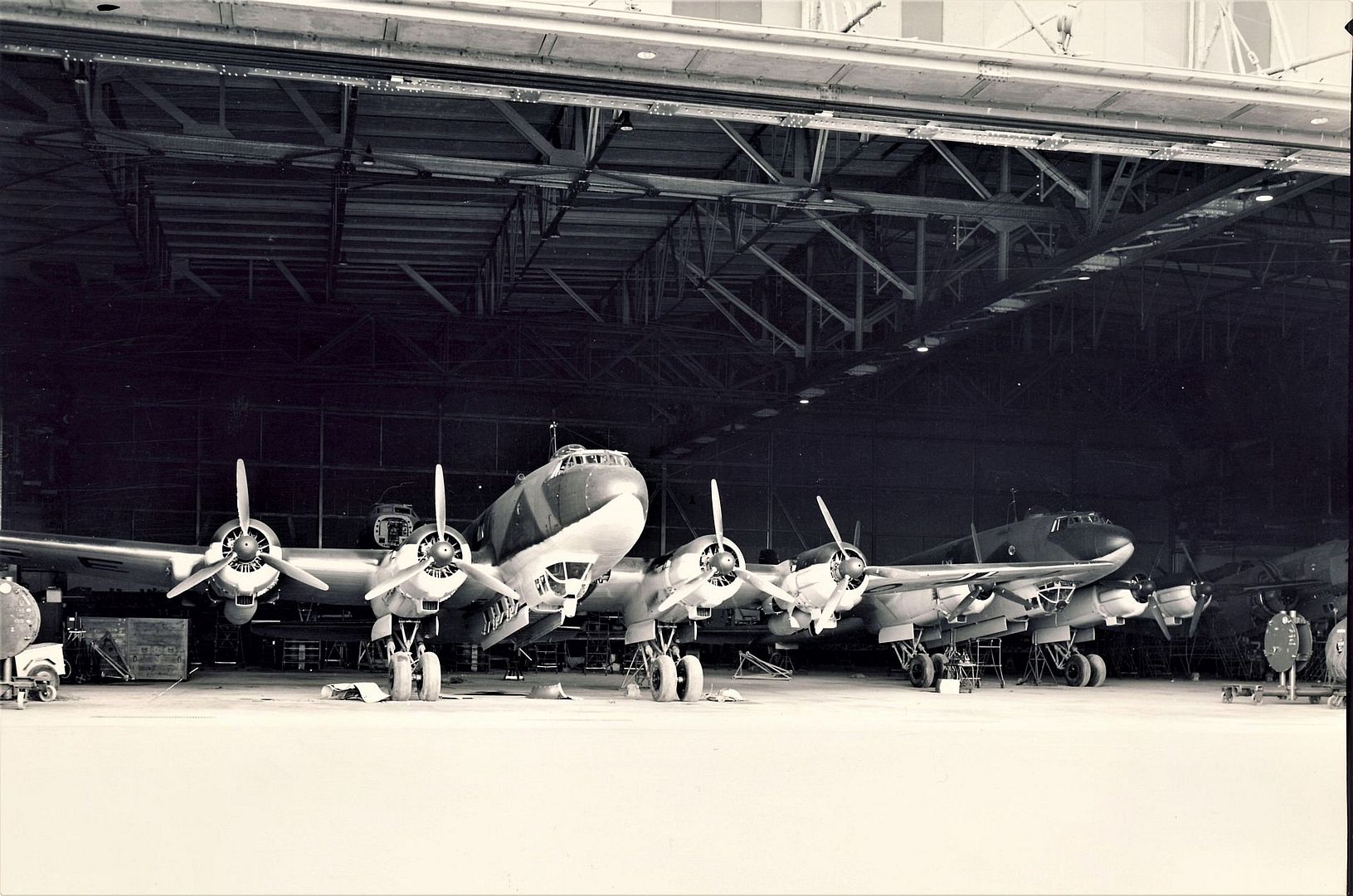Forums
- Forums
- Axis And Allies Forum
- General Discussion
- Photo of the week
Photo of the week
Post a reply
- Go to Previous topic
- Go to Next topic
- Go to Welcome
- Go to Introduce Yourself
- Go to General Discussion
- Go to Screenshots, Images and Videos
- Go to Off topic
- Go to Works in Progress
- Go to Skinning Tips / Tutorials
- Go to Skin Requests
- Go to IJAAF Library
- Go to Luftwaffe Library
- Go to RAF Library
- Go to USAAF / USN Library
- Go to Misc Library
- Go to The Ops Room
- Go to Made in Germany
- Go to Campaigns and Missions
- Go to Works in Progress
- Go to Juri's Air-Raid Shelter
- Go to Campaigns and Missions
- Go to Works in Progress
- Go to Skinpacks
- Go to External Projects Discussion
- Go to Books & Resources
-
5 years agoSun May 31 2020, 11:31am
 Main AdminThis weekends extra.
Main AdminThis weekends extra.
And a wonderful study of Chance Vought UO-1 BuNo A-7048.Initially designed as a seaplane, the UO-1 was soon classified as ?convertible,? using interchangeable single-main float or wheeled-landing gear (these UO-1?s were designated UO-1C). First flown in the fall of 1922, the UO-1?s entered service with the U.S.S. Richmond in 1923. As their superiority over potential competing types became evident, they became the only observation type in use on the fleet?s catapult-equipped combat ships. The 15 first-class battleships were each equipped with one or more UO-1?s. Two or more UO-1?s were used aboard each of the new scout cruisers comprising the Navy?s scouting fleet.
-
 Main AdminThis midweeks photo.
Main AdminThis midweeks photo.
When the 452nd BG (709th BS, 729th BS, 730th BS, 731st BS) left the US they flew to Iwakuni AB in Japan arriving November 1950. The 731st BS was immediately re-assigned to the 3rd BG who conducted missions from Iwakuni. On June 25, 1951 the 731st was re-designated 90th Bombardment Squadron (Light Night Intruder). Between November 1950 and June 25, 1951 the 731st BS flew 2,000 sorties requiring over 9,000 flying hours. ?Brown Nose? also flew in Vietnam as a B-26K.
-
 Main Admin
Main Admin -
 Main Admin
Main Admin -
 Main AdminThis midweeks photo.
Main AdminThis midweeks photo.
Taken on June 8, 1944, ?A captured German helmet over the muzzle of his cannon and a German motorbike obtained on a visit to the front line are now the property of Flying Officer H.W. ?Bud? Bowker of Granby, Quebec. He is seen here working on the guns of the Spitfire he flies with a Royal Canadian Air Force Squadron in France.?
-
 Main Admin
Main Admin -
 Main Admin
Main Admin -
 Main Admin
Main Admin -
 Main AdminThis weekends photo.
Main AdminThis weekends photo.
During 1934 the Fairchild company designed a business or executive aircraft with five seats, designated the Model 45. It first flew on 31 May 1935. The Model 45 was a low-wing cantilever monoplane with a conventional cantilever tail unit and a retractable tailwheel landing gear. The aircraft was powered by a 225 hp (168 kW) Jacobs L-4 radial engine and had a luxury five-seat interior as standard. Flight testing showed that the aircraft performed well, although it was described as sedate.
The company predicted that the Model 45 would have only limited market appeal in that form, therefore only the prototype was built.
Fairchild then upgraded the prototype with a larger engine, the Wright R-760 radial, for evaluation. In this configuration it was designated the Model 45-A. This configuration was placed in production, with about 16 units being completed.
One aircraft was bought as an executive transport by the United States Navy as the JK-1. After the United States entered the Second World War, two aircraft were impressed into service with the United States Army Air Forces as the UC-88.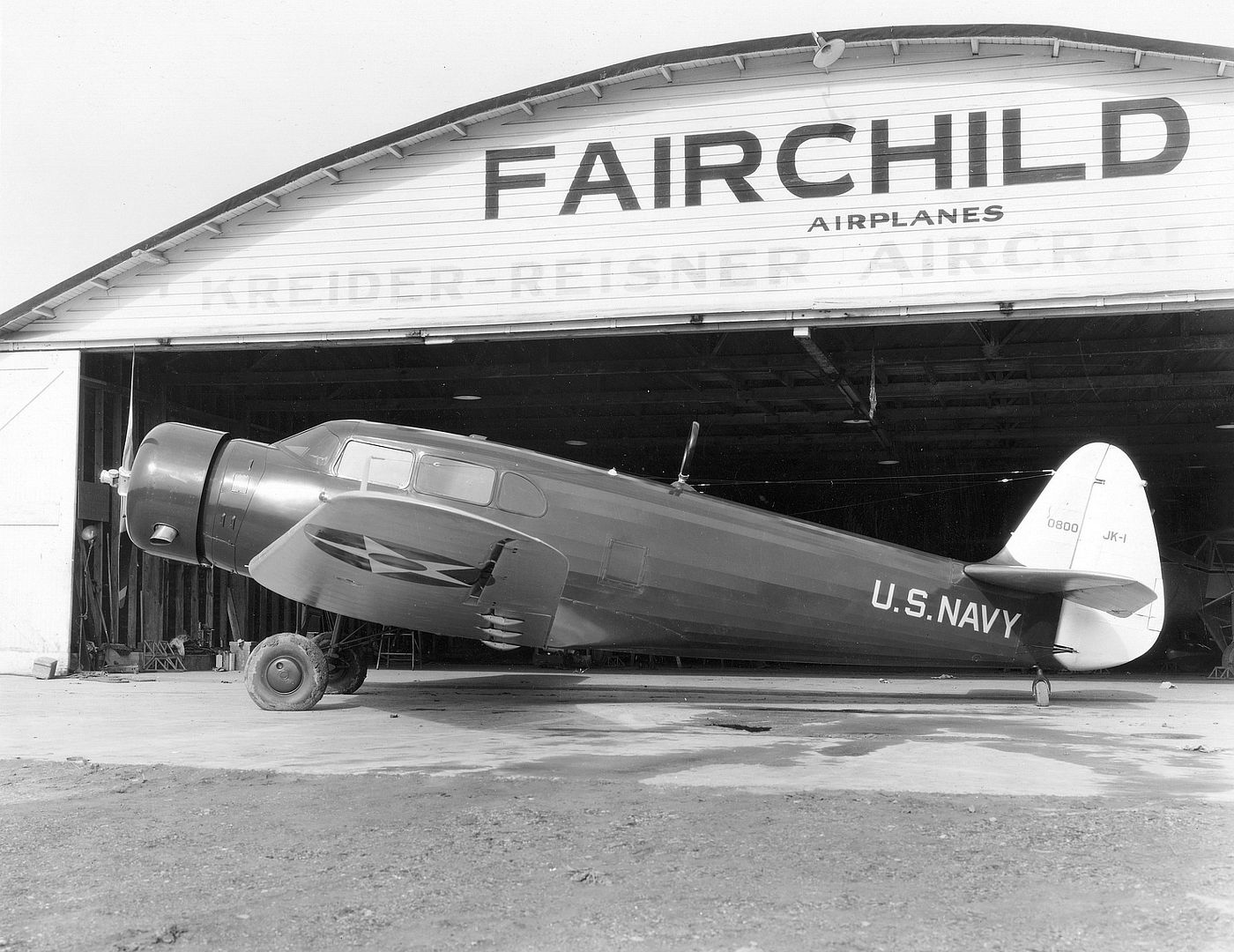
-
 Main AdminIn early 1942, an agreement was signed between the Canadian Government and Fairchild Aircraft, which licenced Fleet Aircraft of Fort Erie, Ontario to construct the PT-26 Cornell in Canada. The first 800 Cornells used by the RCAF were supplied from Fairchild, until production commenced at Fort Erie in November 1942. By the end of the war in 1945, 2,853 Cornells had been built by Fleet - 1,565 for the RCAF and 1,288 for the RAF.
Main AdminIn early 1942, an agreement was signed between the Canadian Government and Fairchild Aircraft, which licenced Fleet Aircraft of Fort Erie, Ontario to construct the PT-26 Cornell in Canada. The first 800 Cornells used by the RCAF were supplied from Fairchild, until production commenced at Fort Erie in November 1942. By the end of the war in 1945, 2,853 Cornells had been built by Fleet - 1,565 for the RCAF and 1,288 for the RAF.
PT-26 Cornells were flown at many of the Elementary Flying Training Schools (EFTS) of the British Commonwealth Air Training Plan, where they replaced the Fleet Finch and the de Havilland Tiger Moth biplane trainers. After the Second World War, many Cornells were sold to the civilian market, but some were retained by the RCAF, where they were finally retired in 1948.
Fairchild Cornell I fresh off the production line bound for the RCAF.
And Fairchild Cornell I FH807 of the RCAF.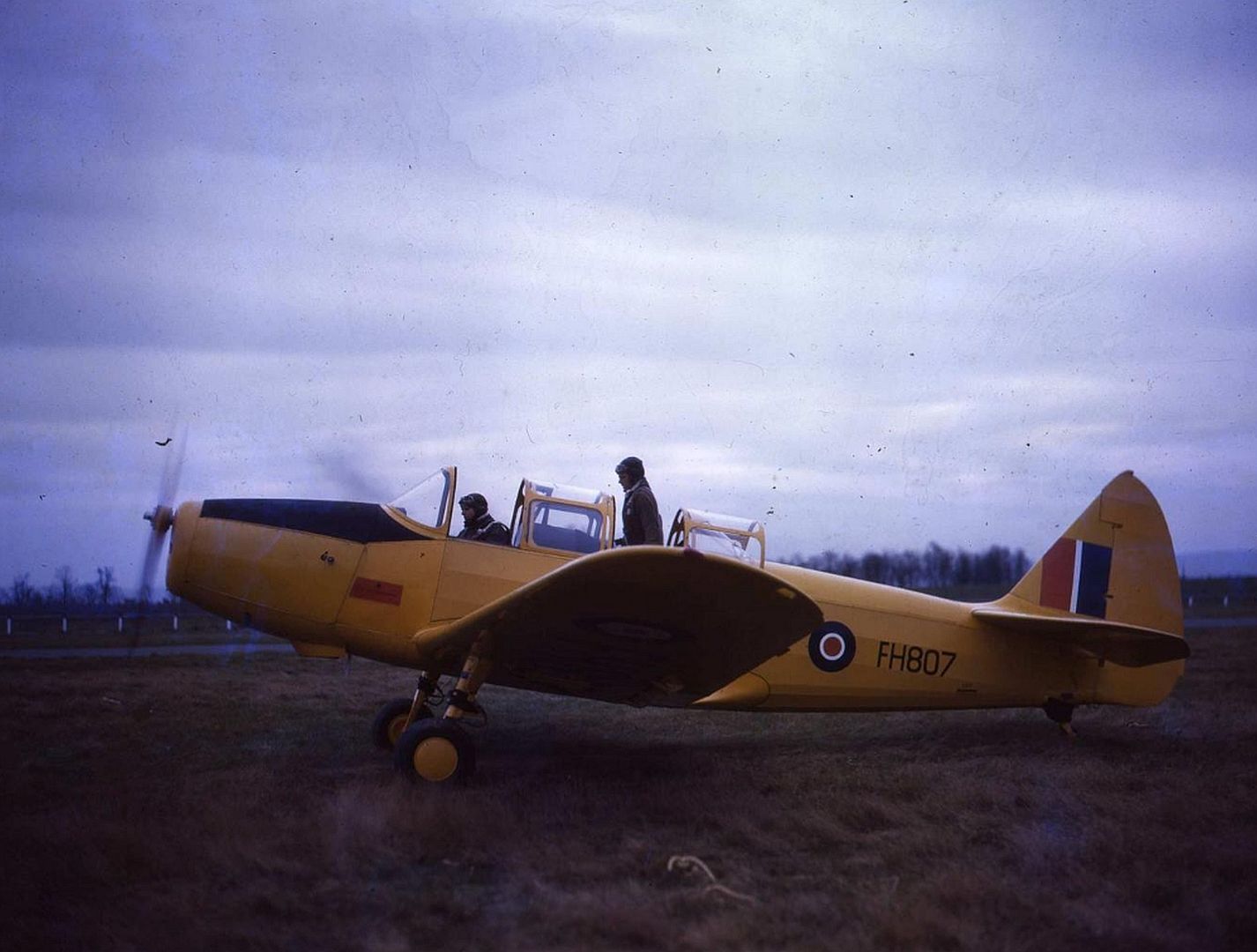
Post a reply
- Go to Previous topic
- Go to Next topic
- Go to Welcome
- Go to Introduce Yourself
- Go to General Discussion
- Go to Screenshots, Images and Videos
- Go to Off topic
- Go to Works in Progress
- Go to Skinning Tips / Tutorials
- Go to Skin Requests
- Go to IJAAF Library
- Go to Luftwaffe Library
- Go to RAF Library
- Go to USAAF / USN Library
- Go to Misc Library
- Go to The Ops Room
- Go to Made in Germany
- Go to Campaigns and Missions
- Go to Works in Progress
- Go to Juri's Air-Raid Shelter
- Go to Campaigns and Missions
- Go to Works in Progress
- Go to Skinpacks
- Go to External Projects Discussion
- Go to Books & Resources
